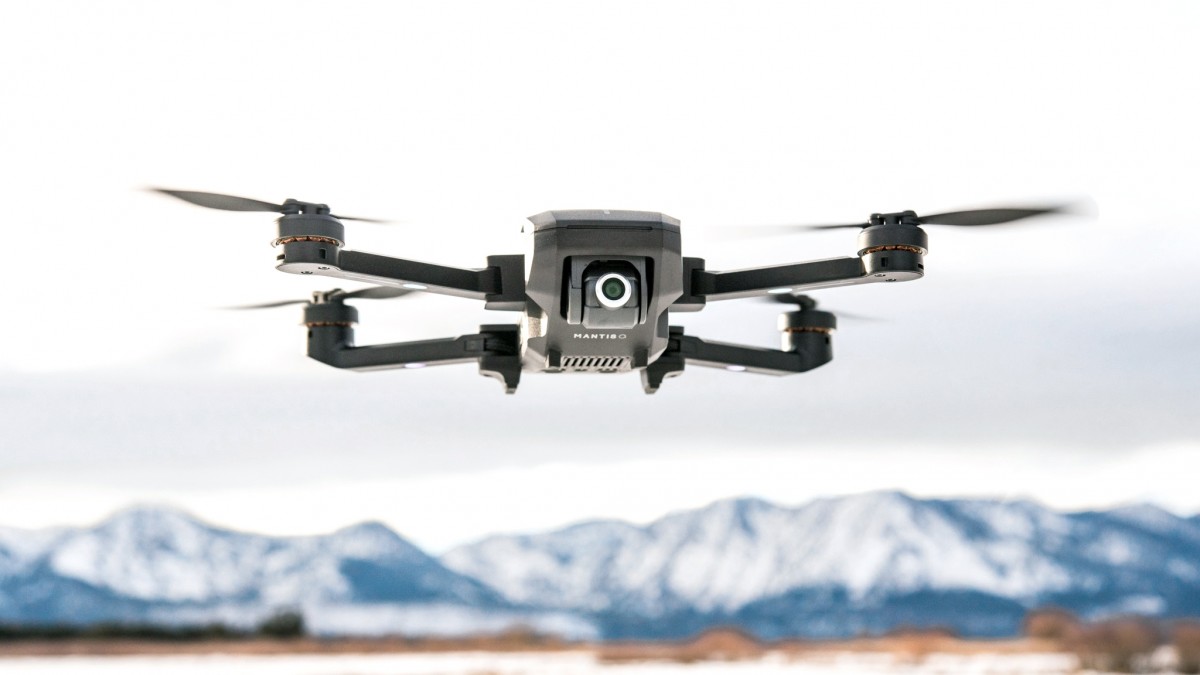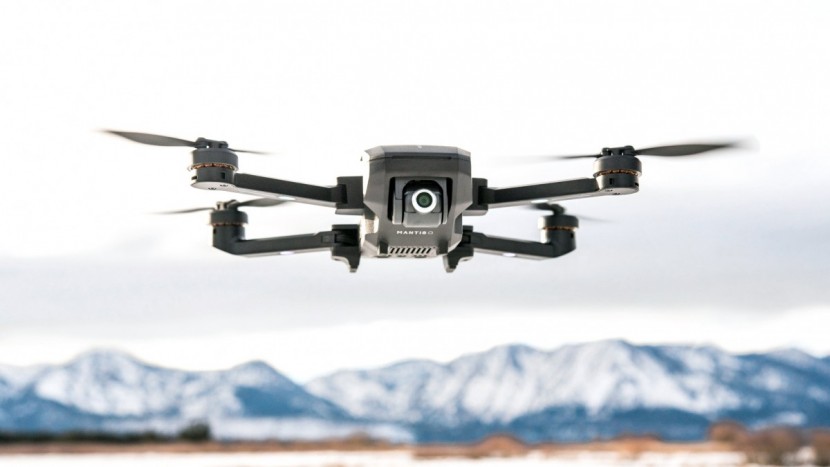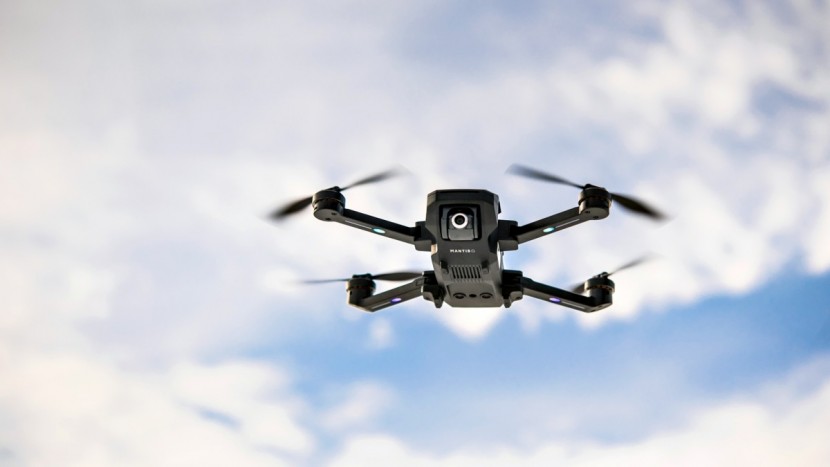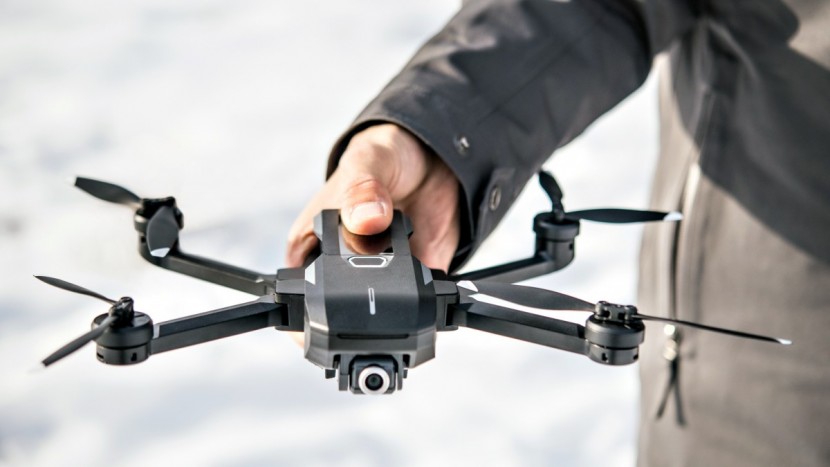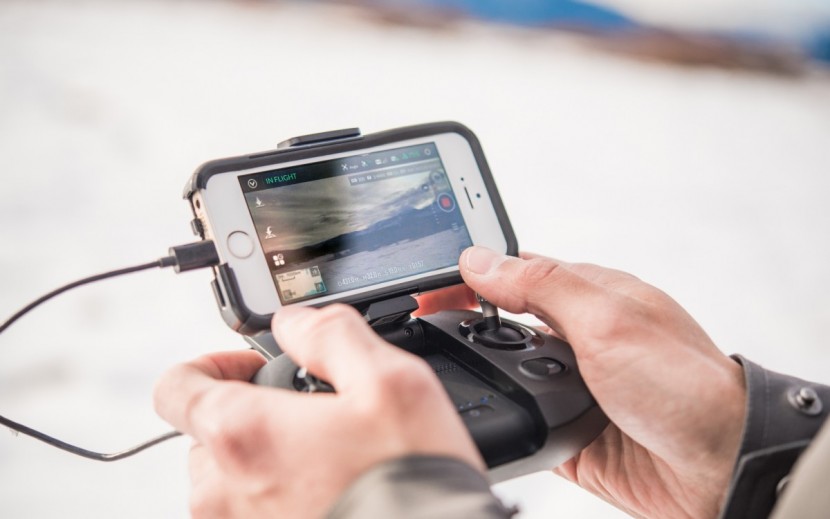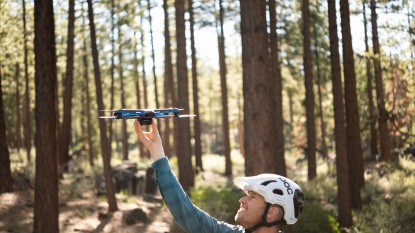YUNEEC Mantis Q Review
Our Verdict
Our Analysis and Test Results
Lacking any sort of physical camera stabilization, the YUNEC Mantis Q just can't match the video captured by many other drones in its same price range.
The only thing we really like about the YUNEEC Mantis Q is its extended battery life and takeoff/landing stability. This rescued it from the bottom of our scoresheet, but not by much.
Video Quality
This is where the Matins Q lost favor with us, earning one of the lowest scores in the metric.
Not Really 4K
YUNEEC has been pushing the 4K camera of the Mantis Q as a selling point, but the reality is you'll probably never use that full 4K resolution. Why? Because the Mantis Q lacks a gimbal, opting instead for digital image stabilization. Shooting in full 4K resolution means the camera has absolutely no stabilization, resulting in dizzying footage if you do anything other than fly slowly in a straight line.
Dropping the resolution down to 1080p (the same as the rival DJI Spark) the Mantis Q adds some digital stabilization to the image. This is a vast improvement over the unstabilized 4K footage, but is still much shaker than footage filmed with the DJI Spark and its physically stabilized gimbal.
The Mantis Q's video is quite unstable.
Medicore Colors and Clarity
Apart from a lack of stabilization, the Mantis Q's video has an overall dull quality to it. Most colors look muted, lacking the pop you can see in video from the DJI Spark. The clarity also leaves a bit to be desired, as fast moving shots often slip into varying degrees of blurriness. These problems become even more exasperated in lowlight conditions, as the very small camera sensor struggles to soak up enough photons. Bottom line, the video isn't terrible, but chances are the smartphone in your pocket can produce substantially better footage.
The Mantis Q's video lack some color vibrancy, especially in low-light situations.
Flight Performance
If your main goal is to capture good aerial footage, the corresponding flight skills of the Mantis Q are somewhat lacking. If you mostly just want to zip around really fast and don't care too much about the resulting video, the Mantis Q's sport mode is actually quite good. These attributes combined earned the Mantis Q a slightly above average, but not exceptional flight performance score.
True to its beginner-friendly pedigree, the Mantis Q is very stable during both takeoff and landing. Once in the air, however, that stability gets a bit dicier. When we left it in a hover it would often drift up to 2 feet in altitude and to either side. That figure shrinks to about 6 inches for the competing DJI Spark.
Like the Spark, the Mantis Q is able to take off from your hand. You can even tell the Mantis Q to takeoff (more on that below). However, it lacks the Spark's ability to recognize and automatically land on your hand.
Autonomous Flight Features
The Mantis Q has the standard bevy of autonomous flight features, like orbit (pan 360˚ around a subject) and follow (automatically follow a subject), along with other automatic panning and zooming features. The one noticeable absence is any sort of cable cam feature, which would allow the drone to automatically fly in a set path while the pilot moves the camera around.
All of these features work and are relatively easy to use, but the lack of camera stability makes the resulting video look fairly poor. For example, when we used the follow feature we had trouble telling if the drone was struggling to follow the subject, or if the inherent camera instability just made it look that way. The DJI Spark was able to pull off all of these maneuvers with more panache in our testing.
Long Battery Life
The Mantis Q boasts an impressively long battery life of 33 minutes. While this may be a bit of an exaggeration, in our testing we were regularly able to fly 25+ minutes before needing to land. This is far better than the DJI Spark's 16 minutes, making it one of the few areas where the Mantis Q is superior to the Spark.
Sport Mode
This is another area where we do prefer the Mantis Q to the Spark. Sport mode allows the Mantis Q to fly up to 44 miles per hour (much faster than the Spark's 31mph), and it does turn and maneuver with a fair amount of agility. Also, flipping into sport mode and accepting the fact you're flying just for the fun of flying, not to capture any sort of video, makes many of the Mantis Q's limitations melt away. However, if you're just looking for a fast drone that is fun to fly around, there are less expensive options available.
Portability
With foldable arms and a fairly low weight of 1.06 pounds, the Mantis Q is quite portable. However, it still doesn't measure up to most of the other foldable models that have recently hit the market.
When looking at foldable drones, the models most comparable to the Mantis Q would be the DJI Mavic Air and the Parrot Anafi. These devices weigh 0.95 and 0.7 pounds, respectively. This makes them both appreciably lighter than the Mantis Q. Both of these models also come with carrying cases and have controllers that fold up, two portability features the Mantis Q lacks. Granted the Mavic Air and Anafi both cost more than the Mantis Q ($800 and $700), but both are also much more capable devices overall.
While the DJI Spark does not fold down, it actually weighs less than the Mantis Q (0.66 pounds), has a smaller overall form factor, and comes with a rigid foam carrying case, making it again a better choice than the Mantis Q in this arena.
Ease of Use
While the Mantis Q is quite easy to setup and operate, we found many aspects of its user experience to be a bit frustrating, resulting in a mediocre score.
Out of the box, the Mantis Q is simple to get up and flying. The drone intuitively unfolds and the props are easy to install. The YuneecPilot App quickly and easily pairs to the drone. You have the option of using only your phone as a controller, or docking your phone onto the included physical controller. We don't like phone-based controls in general due to their lack of tactile response, so we would highly recommend using the physical controller instead.
Outside of strict setup and operation, we aren't huge fans of the Mantis Q's user experience. The controller itself feels a bit chunky in hand without any ergonomic touches. In comparison, we felt much more comfortable using the controllers of the DJI Spark and the Parrot Anafi.
We also found the video downlink of the Mantis Q to be lacking. The live video feed from the camera often gets pixelated and can often be choppy. Again, for fun flying antics this is acceptable, but it makes framing a cinematic shot quite difficult. Both the DJI Spark and the Parrot Anafi have much crisper and more reliable video downlinks.
Voice Controls
The Mantis Q offers a unique voice control feature, which lets you say things like, takeoff, land, or take a picture, and the drone will respond accordingly. We found these commands to work quite reliably, but they felt a bit more gimmicky than useful. The only option we could see ourselves actually using would be the, “Take a photo,” command, which is nice for aerial selfies. However, the DJI Spark lets you do the same thing with a hand gesture, so the Mantis Q doesn't gain much of a leg up in this respect.
Value
For $500, the YUNEEC Mantis Q offers poor video quality but decent flight performance. If you're looking for an inexpensive model for aerial videography, the $400 DJI Spark is a much better option. If you're just looking for a fun flying experience and don't care much about video quality, you'll likely be able to find a cheaper, more fun option in the world of racing drones.
Conclusion
The YUNEEC Mantis Q provides a fun flying experience but very poor video quality. We wouldn't recommend it to anyone looking to capture good footage, and it feels quite overpriced for non-video oriented flying fun.


